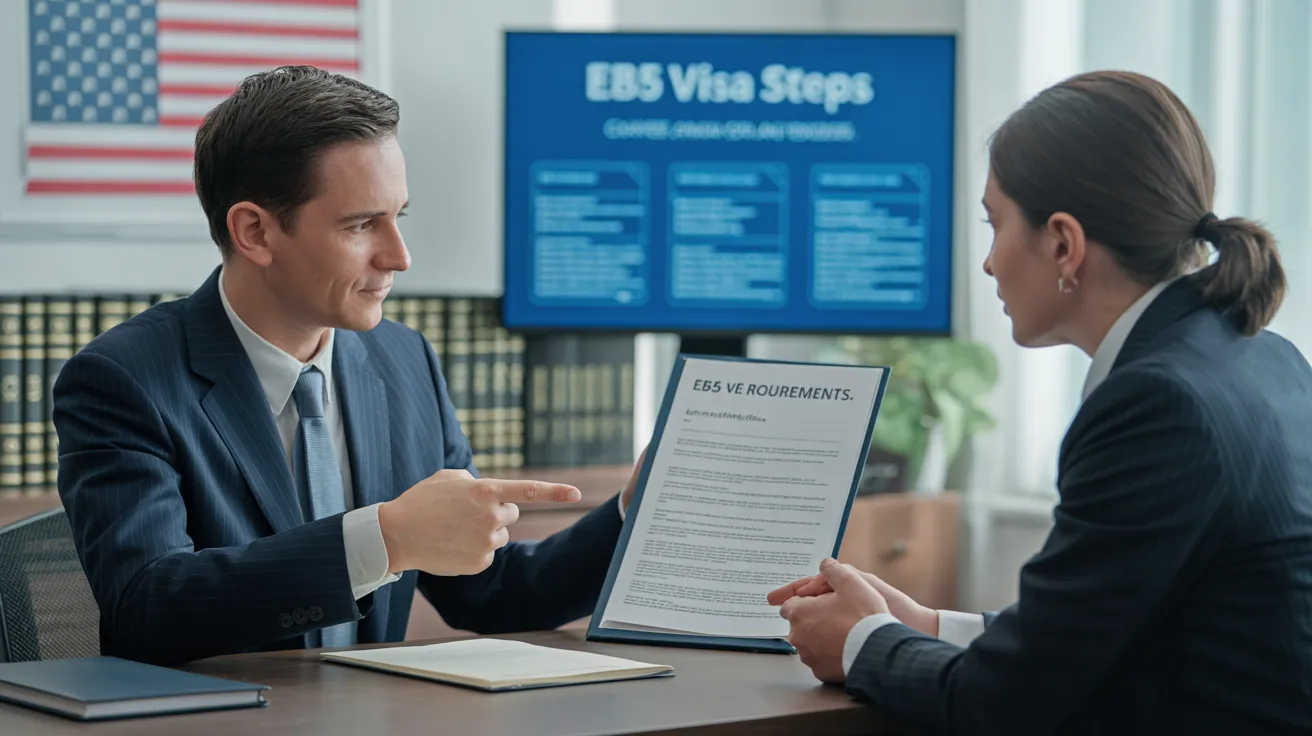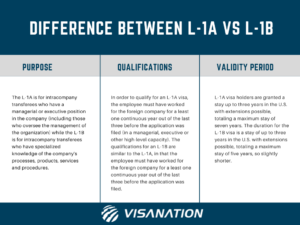L1 Visa Explained
Facts About L1 Visa Revealed
Table of ContentsAn Unbiased View of L1 VisaAn Unbiased View of L1 VisaThe smart Trick of L1 Visa That Nobody is DiscussingNot known Incorrect Statements About L1 Visa L1 Visa Things To Know Before You Get ThisSome Ideas on L1 Visa You Should Know
Readily Available from ProQuest Dissertations & Theses International; Social Science Costs Collection. (2074816399). (PDF). Congress. (PDF). DHS Office of the Examiner General. (PDF). (PDF). "Nonimmigrant Visa Data". Fetched 2023-03-26. Department of Homeland Security Workplace of the Inspector General, "Evaluation of Susceptabilities and Prospective Misuses of the L-1 Visa Program," "A Mainframe-Size Visa Loophole".
United State Department of State. Retrieved 22 August 2016. "Workers paid $1.21 an hour to install Fremont technology company's computer systems". The Mercury News. 2014-10-22. Retrieved 2023-02-08. Costa, Daniel (November 11, 2014). "Obscure momentary visas for international technology workers depress wages". Capital. Tamen, Joan Fleischer (August 10, 2013). "Visa Owners Change Workers".
6 Easy Facts About L1 Visa Shown
In order to be eligible for the L-1 visa, the foreign business abroad where the Recipient was employed and the U.S. firm must have a qualifying partnership at the time of the transfer. The different types of qualifying partnerships are: 1.
Example 1: Company A is integrated in France and uses the Beneficiary. Business B is included in the U.S. and wishes to seek the Beneficiary. Business A possesses 100% of the shares of Business B.Company A is the Parent and Firm B is a subsidiary. There is a certifying relationship between the two firms and Business B need to be able to fund the Beneficiary.
Firm A has 40% of Company B. The remaining 60% is owned and managed by Firm C, which has no relationship to Firm A.Since Firm A and B do not have a parent-subsidiary connection, Business A can not sponsor the Recipient for L-1.
Business An owns 40% of Business B. The continuing to be 60% is possessed by Business C, which has no relationship to Business A. Nonetheless, Business A, by official contract, controls and complete manages Firm B.Since Company A has less than 50% of Business B but handles and controls the business, there is a certifying parent-subsidiary connection and Firm A can sponsor the Recipient for L-1.
All About L1 Visa
Affiliate: An associate is 1 of 2 subsidiaries thar are both possessed and managed by the very same moms and dad or individual, or owned and controlled by the very same team of people, in basically the same ratios. a. Instance 1: Business A is integrated in Ghana and utilizes the Recipient. Business B is integrated in the united state
Company C, likewise incorporated in Ghana, has 100% of Company A and 100% of Company B.Therefore, Company A and Business B are "associates" or sister companies and a certifying relationship exists between both firms. Firm B ought to have the ability to sponsor the Recipient. b. Instance 2: Business A is incorporated in the united state
Company A is 60% owned by Mrs. Smith, 20% owned by Mr. Doe, and 20% had by Ms. Brown. Firm B is integrated in Colombia and presently employs the Beneficiary. Company B is 65% possessed by Mrs. Smith, 15% owned by Mr. Doe, and 20% possessed by Ms. Brown. Business A and Business B are associates explore your L1 Visa and have a certifying connection in two different methods: Mrs.
The L-1 visa is an employment-based visa group developed by Congress in 1970, enabling international firms to transfer their supervisors, execs, or essential workers to their united state operations. It is generally described as the intracompany transferee visa. There are two L1 Visa process main kinds of L-1 visas: L-1A and L-1B. These types are suitable for employees worked with in various positions within a firm.

Furthermore, the beneficiary has to have worked in a supervisory, exec, or specialized worker setting for one year within the 3 years preceding the L-1A application in the foreign firm. For new office applications, international employment should have remained in a managerial or executive capacity if the recipient is coming to the USA to work as a supervisor or exec.
Rumored Buzz on L1 Visa

If provided for a united state firm operational for more than one year, the preliminary L-1B visa is for as much as three years and can be prolonged for an additional 2 years (L1 Visa). Conversely, if the united state business is freshly developed or has been operational for less than one year, the initial L-1B visa is released for one year, with extensions offered in two-year increments
The L-1 visa is an employment-based visa category developed by Congress in 1970, permitting international business to move their supervisors, execs, or essential workers to their U.S. procedures. It is commonly referred to as the intracompany transferee visa.
L1 Visa for Beginners
Furthermore, the beneficiary should have worked in a supervisory, executive, or specialized employee position for one year within the three years preceding the L-1A application in the international company. For brand-new workplace applications, foreign employment should have remained in a supervisory or executive ability if the recipient is involving the United States to work as a manager or executive.
for up to seven years to oversee the procedures of the U.S. affiliate as an executive or manager. If issued for an U.S. firm that has actually been functional for more than one year, the L-1A visa is at first given for approximately three years and can be extended in two-year increments.
If given for a united state company functional get started for greater than one year, the initial L-1B visa is for approximately 3 years and can be extended for an added two years. Conversely, if the united state business is newly developed or has been operational for much less than one year, the first L-1B visa is released for one year, with extensions offered in two-year increments.